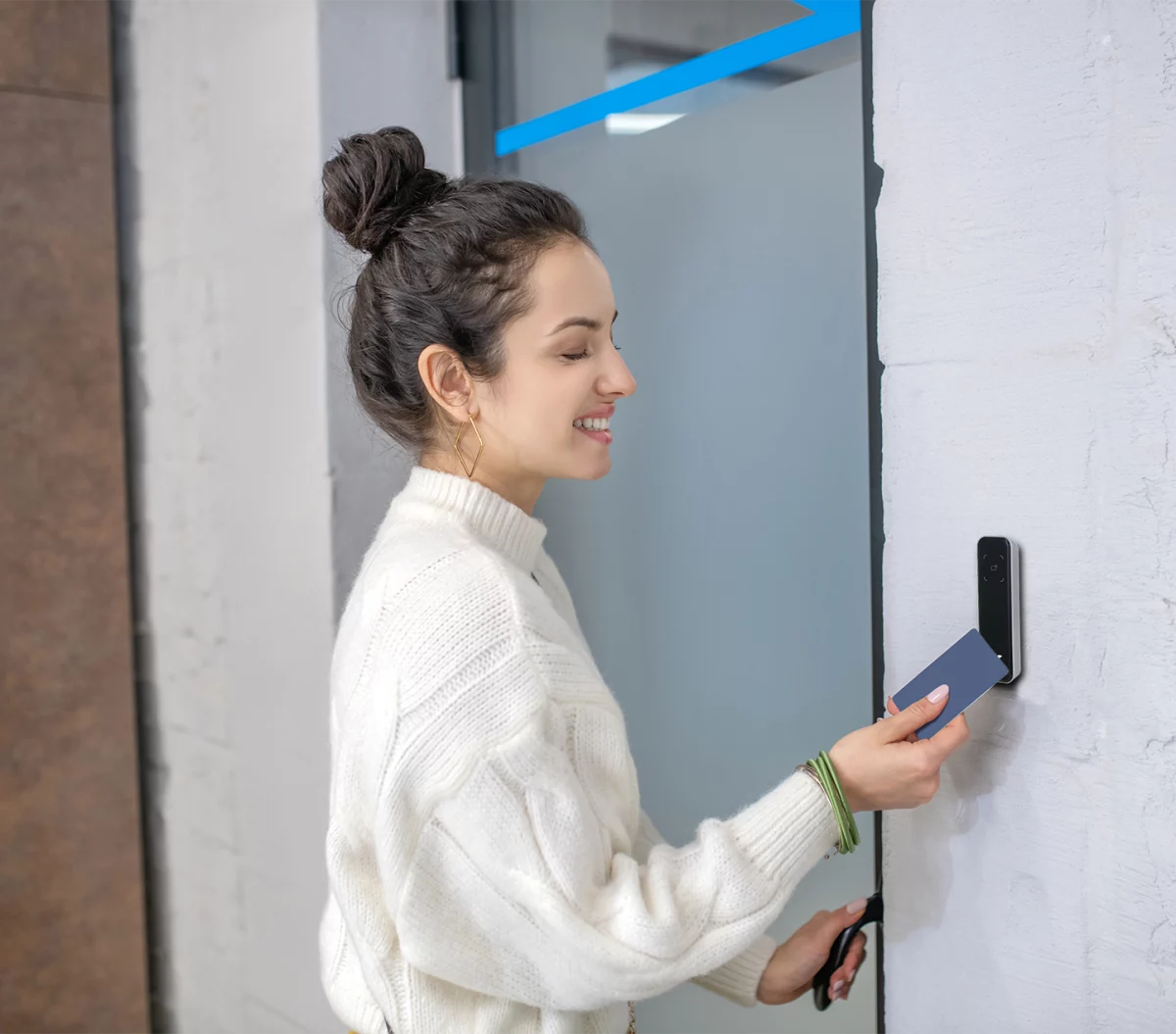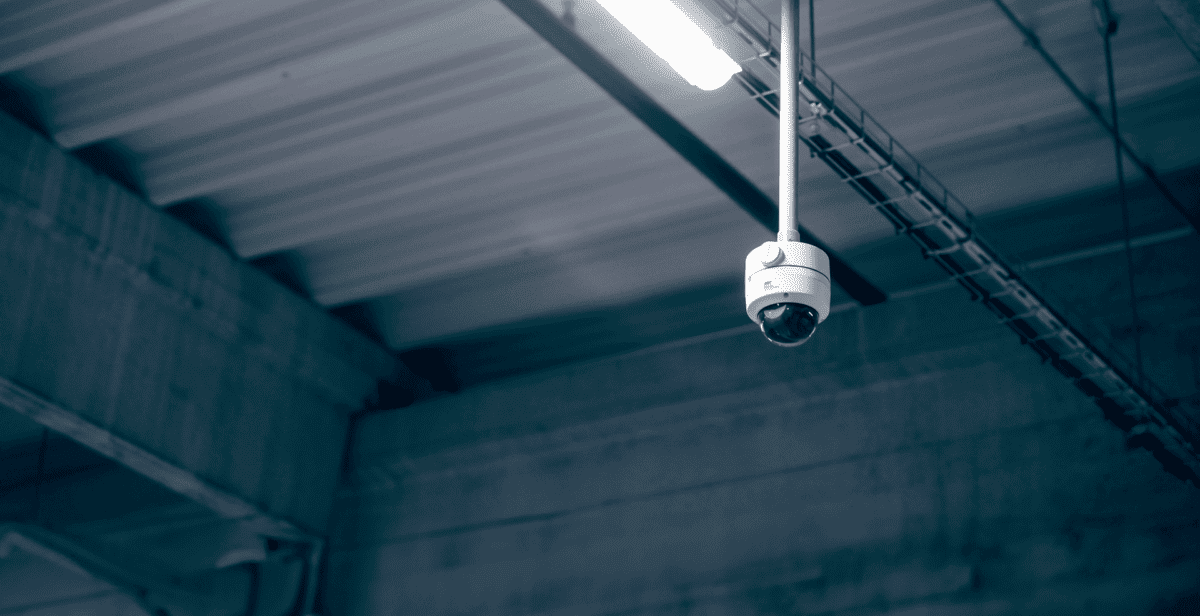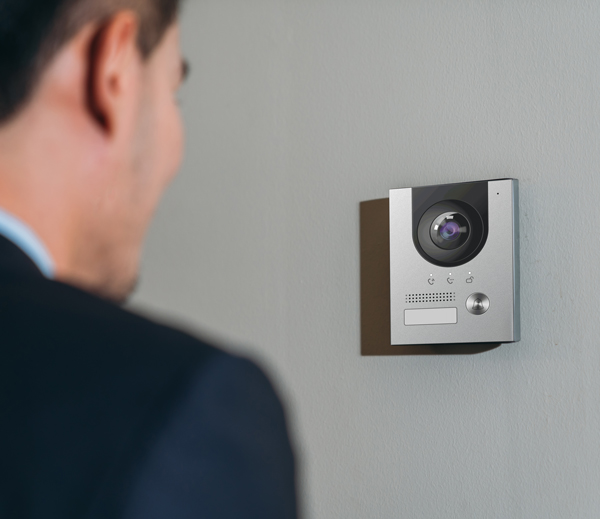

Blog
The Office Is Dead, Long Live The Office
Almas Team

As companies search for ways to cut overheads moving forwards should we all be embracing home-working? Companies can experience up to a 35% loss in productivity with so many staff working from home. How can commercial landlords persuade tenants it's safe to come back to the office?
If we’ve learned one thing from the last few months of lockdown it’s that with enough will, companies can make provision for many of their office-based staff to work remotely from home. What to some for the last decade or so has been something of a perk became an enforced reality for a great many more with the onset of the Covid-19 global pandemic.
Technology has played a huge role in this, of course, and this great facilitator has no doubt made many businesses question their need to acquire and pay for maintenance of expensive properties owned by commercial landlords, much to the commercial sector’s chagrin. According to CBRE, capital values fell by 3.0% across all UK commercial property in March 2020.
With property and maintenance being among the biggest overheads for many companies it’s hardly surprising that with a recession looming brave new world of working from home seems appealing to help keep businesses afloat with reduced outgoings.
Where does this leave commercial landlords?
A quick search will list dozens of articles on the benefits of working from home, highlighting positives such as the lack of a stressful morning and evening commute, the benefits for the environment of reduced traffic, more time for workers to spend with family, and increased flexibility of working hours.
It’s not all been plain sailing, of course, because rather than working from home by choice, many have been forced into the situation. It is not an easy transition when it happens overnight and you’re trying to work from home, sharing limited space with a partner who is trying to do the same while you’re both simultaneously trying to home-school children or care for a vulnerable or elderly relative.
That is, of course, an extreme description for the extreme times in which we find ourselves and down the line, hopefully with a vaccine, but at the very least with a world more adapted to social distancing, the impact of many of those distractions can and will be mitigated, making home-working less of a balancing act.
What will happen to the office?
While there is a clear overheads benefit to a business having its staff work from home, should it eschew the office entirely?
What is an office? Is it the building? The desks, chairs, and IT infrastructure? While these are all undoubtedly parts of it, a company office is something more significant, intangible, and something far greater than the sum of its parts.
The most important part of the office, of course, is the people. People are what make the office and in turn what the office most affects.
People are social creatures – we thrive on social interaction and making connections with others. The negative impact of a lack of social interaction on a person’s mental health is well documented. Technology helps with this, of course, but a face on a screen is not a long-term replacement for genuine face-to-face communication. A report from SHRM (Society for Human Resource Management) notes that during the pandemic more than 70% of employers are struggling to adapt to remote work while two-thirds have found maintaining employee morale has been a challenge, particularly in larger companies.
It’s hardly surprising, as our social interactions within the office help us define who we are and our place not just in the office itself, but in our life in general. The stimulation we get from a natter with the person at the desk opposite, a joke in the lift, sharing a memory on a coffee break, or even over a post-work pint putting the world to rights are all vital parts of our lives, and all contribute to our sense of self.
How the office environment drives innovation
Another thing about us humans is that we love to create. We savour the thrill of making something new and exciting, being part of something brilliant and ground-breaking. Companies thrive on innovation and new ways of thinking and, without it, they struggle to adapt to new challenges and environments.
In 2016 several large companies including Yahoo! and IBM decided to reduce the amount of remote working available to their employees as they found they were struggling to remain competitive.
Thanh Nguyen, managing director of HR consulting firm Connery Consulting said: “I think these companies are really struggling to compete at an innovation level with smaller-stage organisations. “They’re thinking of every single possible way to reunite people to drive better innovations.”
Good ideas can strike at any time, but even when inspiration strikes if there aren’t sympathetic like-minds to work with, to bounce ideas off, to help through the iterations of making a concept into a reality, the idea can flounder and fail.
Changes in your immediate environment, even simple ones like walking from your desk to go down a corridor for a coffee, can similarly spark ideas or thoughts. Bumping into a seldom-seen colleague, overhearing a conversation in a queue for lunch are other potential triggers for creative thought. In the always-familiar environment of the home, these triggers and points of inspiration are fewer and further between.
Feeling like part of a community
That’s not to say that individual work isn’t important – we always need a space for quiet, focussed work and effort on our own piece of the puzzle – but it isn’t always conducive to the thought process and teamwork that gets us to the place where we NEED that focus. A good office will provide the right space for the right time.
Not only should an office be able to provide the right space at the right time, but it is also in-and-of-itself a space with a purpose: to work.
We have always gathered together in places with a common goal – a space for celebration, a place for mourning, an area for recreation or exercise, a location for learning. The concept of a space and its purpose is tightly woven into the fabric of our society and offices, factories, and other workplaces all form an important part of that.
These spaces help maintain a sense of community, a united goal in a dedicated place and the energy generated by that commonality drives us to focus on the task at hand. Think of protests and rallies, think of concerts or football matches. That same communal energy is what courses through an office. Maybe not as intensely, or loudly for that matter, but as a low, insistent engine pulse driving the business forward over months and years.
Disadvantages of working from home
Shared experiences are also a vital part of community gatherings, no matter what the goal. While everyone may be there on a conference call or Zoom meeting, you can’t be sure how engaged they are. One person might be having tech problems, another could be doing their ironing, another dwelling on a personal issue, or thinking about what they’re having for dinner. You can’t be sure just how engaged the participants in that meeting are if they’re not there in person. Watching your team on TV is great, but nothing compared to seeing them live. Offices are no different in that regard and it’s terribly easy to miss the non-verbal cues when all you can see is a thumbnail-sized face on a screen.
Closely associated with this sense of purpose is the sense of a boundary. The switch between home and work and being able to establish a clear distinction between the two. The SHRM said that companies had experienced up to a 35% loss in productivity with so many staff working from home. While the pandemic has certainly highlighted the possibilities of more people working from home it has also blurred those lines that we draw between the two. While it might be easier to juggle the time spent with family versus work as needed when working from home you have to examine whether it’s the most efficient way to do it. Is it quality family time you’re having or are you still thinking about that report? Is it quality work, or were you distracted by remembering that the sheets need drying and the lawn mowing? Having a set space to do those things, without the distraction or worry about the other, enables not just more, but higher quality time spent on each of those two aspects of your life.
The office, the room, the surrounding group of people all contribute to focussing the mind. While daydreaming somewhere is still likely to happen in an office, the effect of having a dedicated workplace environment and others bringing you back into focus goes a long way to mitigating those distracting factors.
We get distracted because we’re seeking alternative stimulation, and that is essential for our mental health. Variety and stimulation are at the very heart of what it means to be human. If we can shop online, video conference with friends, drink and cook at home, and work from our home office, why leave the house at all?
Experiencing more than just the home environment
Simply put, because one place is not enough. We want to browse the shops, see the colours and shapes, feel the fabrics and textures, bright signs telling us to buy, buy, buy! We want to watch the people passing by as we sit in a coffee shop and savour the aroma or join our friends to watch the latest International Test Match with a couple of beers. It’s part of who we are. We need the stimulation from a diversity of experiences in an array of environments, each with their own unique atmosphere.
We need offices, factories, warehouses, and other commercial spaces to contribute to that stimulation. Without it, we suffer.
Those different locations and the transition between them, as mentioned previously, all contribute to firing our imaginations. While familiar, that environment is still not as familiar as the home and changes tend to be more noticeable whether it be a temp on reception or a new carpet in the lift. Movement has long been associated with enhanced memory and learning, and the landmarks within an office contribute to that.
The routines of an office, as well as the arrival at and departure from it, help us with our sense of time. Many people who have recently started working from home have reported disorientation as to the time of day because they don’t have a structure or a set lunch hour. They don’t have the stimulation of being able to take a semi-scheduled 5-minute coffee break with their colleagues and someone saying “right, back to work”. The confines or restrictions of an organised environment help us to understand where we are in our day and prioritise accordingly.
All this movement, both of ourselves as well as witnessing that of our colleagues, aids our cognitive functions and sense of time and place to help prevent the disorientation and lack of work/ life balance that working from home can lead to.
Bringing people together at the office
The work within an office is very much dependent on the relationships between the people involved. A study into relationships by MIT concluded: “Physical distance turns into psychological distance”.
The relationships between managers and staff and co-workers are what make a business run. You wouldn’t start a business from scratch with someone you didn’t know and trust, and working within a company is no different.
Regularly spending time with co-workers helps build that trust. In knowing them, their foibles and eccentricities you learn how they work, you understand them. That camaraderie translates to support in times of struggle, be it personal or professional. Mistakes can be addressed through understanding and empathy or sympathy, and we can all learn from each other.
The interaction helps us understand those around us and build our social capital both individually and as a team. We can give others the benefit of the doubt, develop a sense of fellowship and trust which leads to enhanced creativity, productivity, and teamwork.
Being able to see a team in person is crucial for management, too. As mentioned before there’s only so much you can tell looking at a dozen faces on a screen. So much of our understanding of people and groups comes not from what we see directly or what people tell us, but what we infer from their actions and body language.
A formal check-in and catch-up on MS Team will struggle to replace being able to stand and watch a group and actually feel the atmosphere and be able to act accordingly.
Relationships require continual work. Without it, they tend to erode and ultimately fall apart. Maintaining those relationships – relationships on which the business depends – is easier in person.
Learning to work from home and communicate effectively virtually is something that both businesses and employees are going to have to get to grips with as, quite rightly, it’s an option that’s here to stay. The flexibility it can offer workers is just as important as the structure and atmosphere that an office can provide. Virtual communication can be done well, or badly, and this will be a training area for most leaders moving forwards.
Work-life balance
The office isn’t going anywhere either and for the reasons outlined above, that’s clearly the right thing. We do need to find a new way of establishing the work-home balance. And do it safely. Offices need to evolve just like the rest of us.
As we get used to this new world of social distancing and track-and-trace, access control is of ever-increasing importance. Knowing who is in your building at any given time and being able to access that information quickly can help you assist and isolate workers who may have been exposed to the virus to protect both them and your business. Fever detection solutions can help prevent potential infection from spreading throughout your workforce alongside spatial distancing, better ventilation and touch free technology.
How can commercial landlords mitigate risks?
The question for commercial landlords is – should I or my tenants be putting these measures in place? It’s been a lean three months for all businesses (other than cleaning product, food manufacture and food retail!), the temptation for commercial landlords, who can fall back on long-term lease agreements, may be to pass the responsibility for such risk management measures onto their tenants.
However, in addressing immediate safety concerns as businesses try to find a way to resume trading, commercial landlords could reassure businesses that it’s safe and beneficial to return to a more cohesive way of working. Working for tenants, rather than leaving Covid-19 prevention measures to them, is likely to promote better long-term relationships, renewed leases and attract new tenants as businesses search for different sized premises, post pandemic.
Let Almas help you bring your office into a safe, secure, and creative, post-pandemic future. We’ve been working with biometric access control for years, and we can do it contactless too. Fever detection solutions help reduce the risk of infection spreading through a workforce. Safeguard your property business with customer focussed solutions to help your tenants get back to the office.
Contact the team at Almas Industries today to discuss biometric access control, biometric readers, or facial scanners and other forms of access control such as video intercoms for your business. You can call us on 0333 567 77 99 or email us: [email protected]


